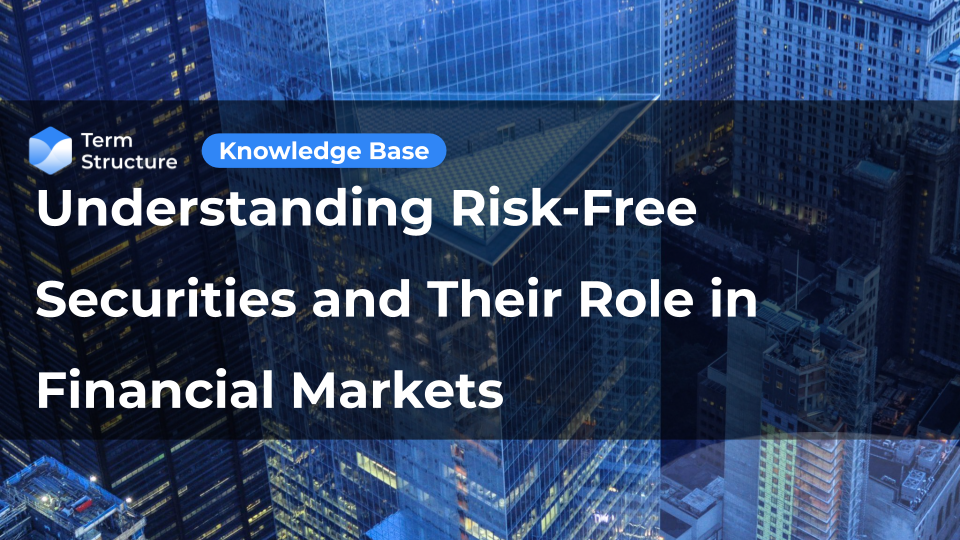Understanding Risk-Free Securities and Their Role in Financial Markets

What is a risk-free security? This is a really philosophical question and the best way to answer this question is to look at a particular example: what would be a risk-free security for a US-based investor? The answer is US Treasuries, which are regarded as risk-free securities. But what are the characteristics that make these risk-free?
- No FX risk – these are priced in USD and the investor is US-based, so he has no currency risk.
- No credit risk – there is zero risk of the issuer, in this case, the US Government, defaulting on its obligation. PS: Governments with the power to issue currency are typically considered the most creditworthy issuers.
- Very liquid – they can be easily bought or sold in the financial markets without significantly impacting their prices.
- The benchmark for pricing other fixed-income instruments – they are less sensitive to interest rate fluctuations, i.e. they move less. PS: that doesn’t mean that US Treasuries don’t have interest rate risk.
Having read the above, we can identify other types of risk-free securities, such as German Government Bonds (called Bunds), Japanese Government Bonds (called JGBs), and UK Government Bonds (called Gilts).
It is important to note again that while the term "risk-free" is widely used, no investment is entirely without risk. Rather, the risk is extremely low and often considered negligible for practical purposes.
Risk-free securities may still be exposed to other types of risk, such as interest rate risk or inflation risk. Additionally, market conditions, economic events, and changes in government policies can impact the perceived risk associated with these securities. The whole idea of risk-free securities is to use them as benchmarks for pricing other fixed-income instruments, given their negligible risks.
What is a Risk-Free Rate? How is that Related to a Risk-Free Security?
The risk-free rate is the theoretical rate of return on an investment in a risk-free asset. It represents the minimum rate of return an investor should expect to earn for taking on no risk other than the opportunity cost of tying up their funds in a risk-free asset, usually US Treasuries, German Bunds, Japanese Government Bonds, and UK Gilts.
In practical terms, the risk-free rate is often used as a benchmark to assess the expected return on other investments with higher levels of risk. It is used in various financial models, such as the Capital Asset Pricing Model (CAPM), to estimate the expected return on riskier assets by adding a risk premium to the risk-free rate.
The risk-free rate is also used to discount future cash flows to their present value, reflecting the time value of money. It helps in comparing the value of money received in the future to its equivalent value in today's terms.
It is important to mention that Central Banks, such as the Federal Reserve in the U.S., often influence short-term interest rates, impacting the short-term risk-free rate. Changes in the risk-free rate can, in turn, influence interest rates across various financial markets. By contrast, long-term risk-free rates (such as yields of US Treasury Bonds), usually reflect expectations about inflation and economic growth.
In summary, risk-free securities are debt obligations issued by governments, such as US Treasuries, German Bunds, Japanese Government Bonds, and UK Gilts, and are considered to have negligible risks. The risk-free rate is the theoretical rate of return on an investment in a risk-free asset, and it is often used as a benchmark to assess the expected return on other investments with higher levels of risk. Understanding risk-free securities and the risk-free rate is crucial in financial models such as the Capital Asset Pricing Model (CAPM) and in estimating the expected return on riskier assets by adding a risk premium to the risk-free rate. By comprehending these concepts, investors can make informed decisions about their investment strategies.
